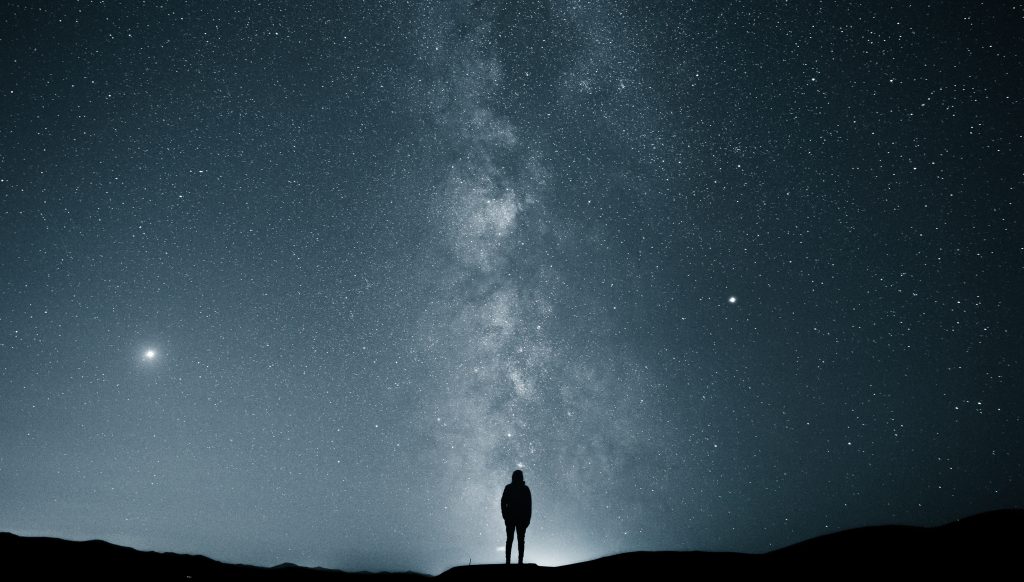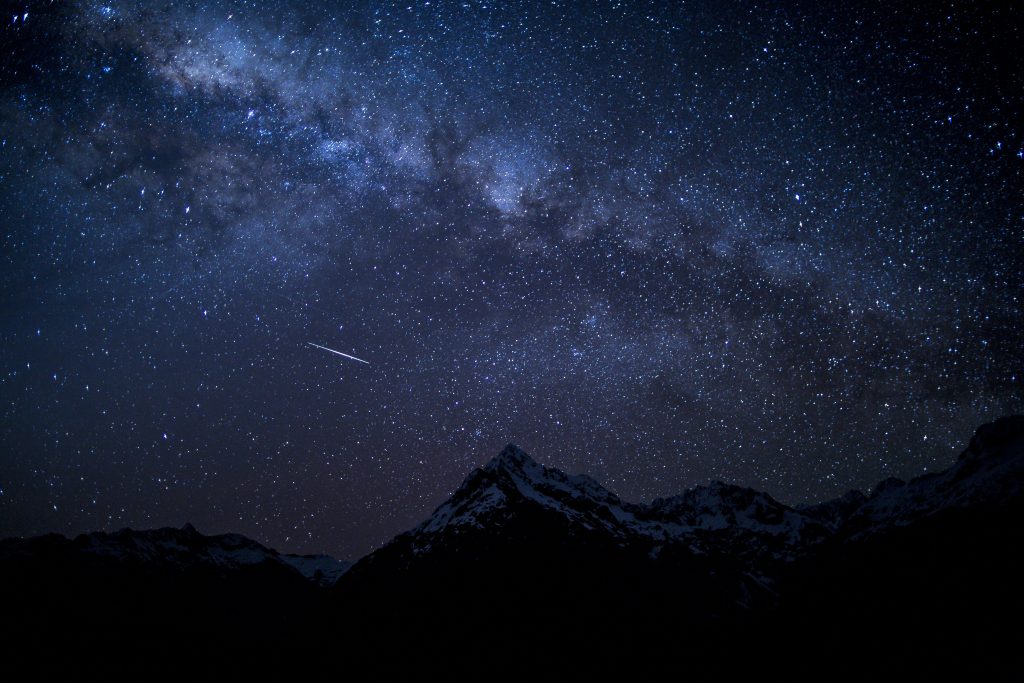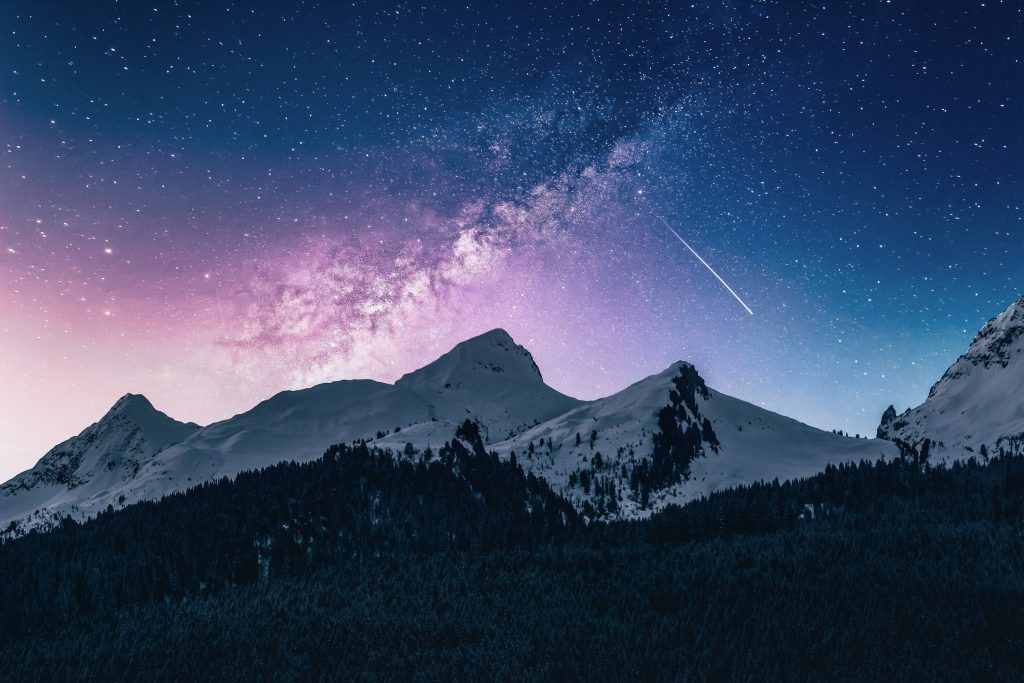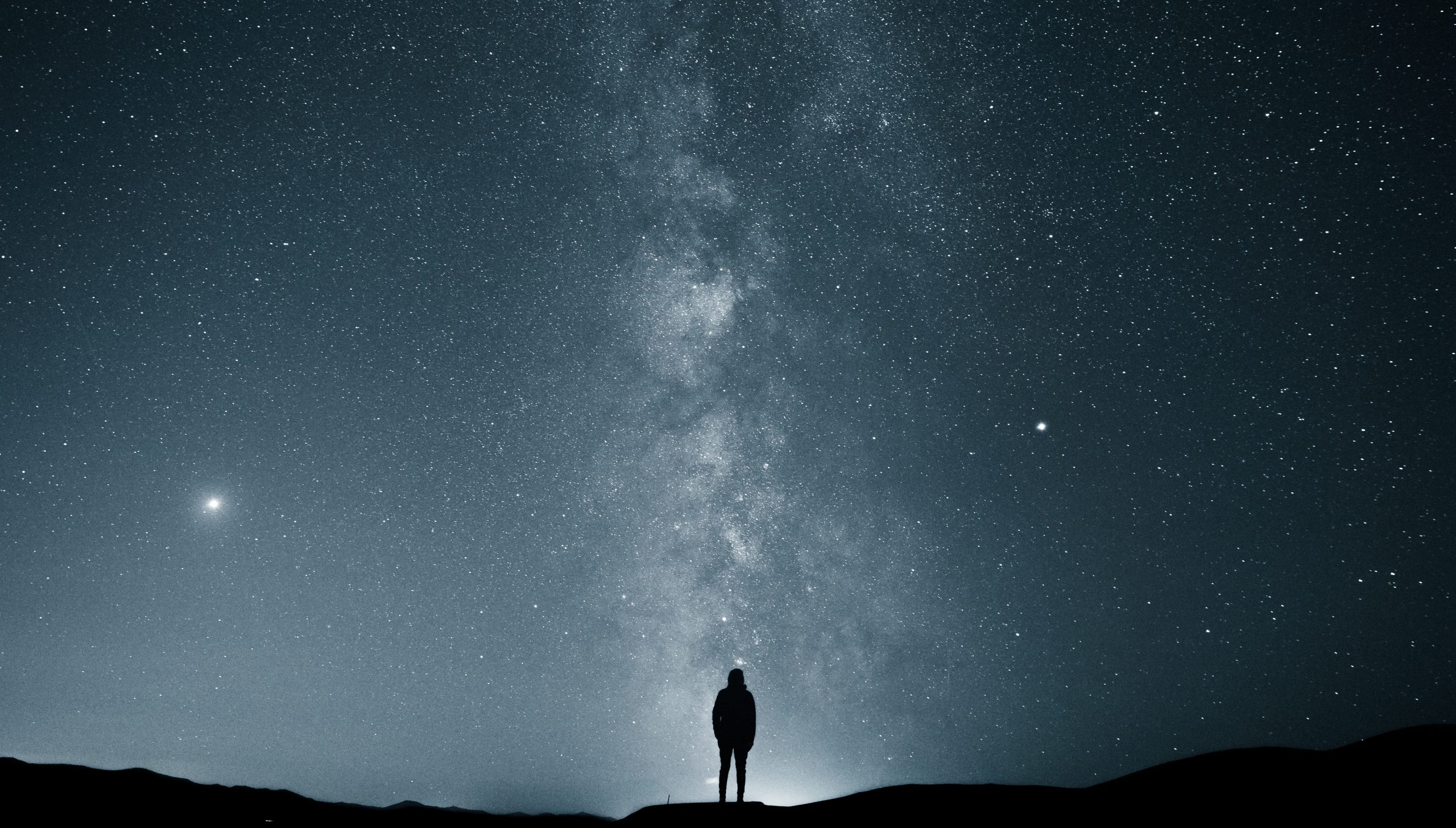So you’re curious about observing the magnificent Lagoon Nebula with your telescope? Well, you’re in luck! To start, find a comfortable spot with minimal light pollution and set up your telescope. Make sure it’s properly aligned and focused before pointing it towards the general direction of the Lagoon Nebula. Keep in mind that this nebula is located in the southern constellation of Sagittarius, so choose a time when it’s visible in your location. Once you’ve located it, take some time to marvel at its beauty. If you have a higher magnification eyepiece, you can even try to spot some of the intricate details within the nebula. Happy stargazing!

Choosing the Right Telescope
Consider the Aperture Size
When it comes to choosing the right telescope for observing the Lagoon Nebula, one of the most important factors to consider is the aperture size. The aperture refers to the diameter of the telescope’s primary lens or mirror, and it has a direct impact on the telescope’s light-gathering ability. A larger aperture size allows more light to enter the telescope, resulting in brighter and more detailed images of celestial objects like the Lagoon Nebula. So, when selecting a telescope, opt for a larger aperture size to enhance your viewing experience.
Select a Telescope Type
There are various types of telescopes available in the market, each with its own advantages and disadvantages. When it comes to observing the Lagoon Nebula, two popular telescope types are refractor telescopes and reflector telescopes.
Refractor telescopes use a lens as the primary objective to gather light. They are known for their crisp and clear images, making them ideal for observing bright objects like the planets and the Moon. However, they tend to be more expensive compared to other types of telescopes.
On the other hand, reflector telescopes use a mirror as the primary objective to gather light. They are generally more affordable and offer larger aperture sizes for the price. This makes them a great choice for deep-sky object observation, such as the Lagoon Nebula. Consider your budget and preferences when selecting the type of telescope that suits you best.
Opt for Good Optics
Aside from the telescope type and aperture size, it is also crucial to consider the quality of the optics. High-quality optics will ensure sharp and clear images, allowing you to see the intricate details of the Lagoon Nebula. Look for telescopes that use high-quality glass and coatings to minimize distortion and maximize light transmission. Investing in good optics will significantly enhance your observing experience.
Understanding the Lagoon Nebula
Learn about Its Location
Before observing the Lagoon Nebula, it is essential to have a good understanding of its location in the night sky. The Lagoon Nebula, also known as Messier 8 or M8, is situated in the constellation Sagittarius. It is relatively easy to locate because it is located near the “teapot” asterism of Sagittarius. Familiarize yourself with the general location of Sagittarius and its surrounding constellations to make it easier to find the Lagoon Nebula.
Gather Information about Its Characteristics
To fully appreciate the Lagoon Nebula, it is helpful to learn about its characteristics. The Lagoon Nebula is a giant interstellar cloud of gas and dust, where new stars are constantly forming. It is approximately 5,000 light-years away from Earth and spans an area of about 110 light-years across. The Lagoon Nebula is famous for its vibrant colors, with regions of glowing hydrogen gas and dark dust lanes. Understanding these characteristics will allow you to appreciate the beauty and significance of this celestial object.
Discover Its Distance from Earth
Knowing the distance between Earth and the Lagoon Nebula is not only fascinating but also provides a sense of scale. The Lagoon Nebula is located about 5,000 light-years away. To put this into perspective, it means that the light we see from the Lagoon Nebula today actually left the nebula 5,000 years ago. This incredible distance showcases the vastness of our universe and gives us a glimpse of the tremendous journey that light takes to reach our eyes.
Preparing for Observation
Research the Best Time for Observation
To ensure optimal viewing conditions for observing the Lagoon Nebula, it is recommended to research the best time to observe it. The Lagoon Nebula is visible throughout the year but is most prominent during the summer months in the Northern Hemisphere. During this time, Sagittarius, where the nebula is located, is higher in the sky, providing a better viewing angle. Additionally, try to find nights with minimal light pollution and clear skies for the best possible viewing experience.
Check the Weather Conditions
Before heading out for a night of observation, it is important to check the weather conditions. Clear skies are crucial for viewing celestial objects like the Lagoon Nebula. Cloudy or hazy conditions can hinder visibility and make it challenging to observe the details of the nebula. Keep an eye on weather forecasts and choose a night with favorable conditions to maximize your chances of seeing the Lagoon Nebula in all its glory.
Choose a Suitable Location
Another factor to consider when preparing for observation is choosing a suitable location. Find a spot away from bright city lights and light pollution, as these can greatly affect your ability to see the Lagoon Nebula clearly. Consider visiting a nearby park, nature reserve, or a high vantage point with an unobstructed view of the night sky. The darker the location, the better chance you’ll have of capturing the intricate details of the Lagoon Nebula through your telescope.
Using Filters and Eyepieces
Use a Nebula Filter
When observing the Lagoon Nebula, using a specialized filter, such as a nebula filter, can greatly enhance your viewing experience. A nebula filter selectively blocks certain wavelengths of light, enhancing the contrast and visibility of nebulae like the Lagoon Nebula. These filters can help bring out the intricate details and colors of the nebula, making it easier to observe and appreciate its beauty.
Consider a Light Pollution Filter
Light pollution can significantly impact your ability to observe faint objects like the Lagoon Nebula. Using a light pollution filter can help mitigate the effects of light pollution and improve the contrast and clarity of your observations. These filters work by selectively blocking the wavelengths of light emitted by artificial sources, allowing you to see more stars and nebulae against a darker background. Consider investing in a light pollution filter to optimize your viewing conditions.
Experiment with Different Eyepieces
Eyepieces play a crucial role in determining the magnification and field of view of your telescope. Experimenting with different eyepieces can help you find the right balance between magnification and image clarity when observing the Lagoon Nebula. Start with a lower magnification eyepiece to get a wide field of view and a larger image scale, then gradually increase the magnification to observe the finer details of the nebula. Finding the optimal combination of eyepieces will enhance your observing experience and allow you to appreciate the beauty of the Lagoon Nebula even more.

Calculating the Magnification
Understand the Relationship between Eyepiece Focal Length and Magnification
To calculate the magnification of your telescope, you need to understand the relationship between the eyepiece focal length and the magnification. The formula for calculating magnification is:
Magnification = Telescope Focal Length / Eyepiece Focal Length
For example, if your telescope has a focal length of 1000mm and you are using an eyepiece with a focal length of 20mm, the magnification would be:
Magnification = 1000mm / 20mm = 50x
This means that the Lagoon Nebula will appear 50 times larger than with the naked eye when using this particular combination of telescope and eyepiece.
Calculate the Magnification for the Lagoon Nebula
Now that you understand the calculation, you can determine the magnification you want to use when observing the Lagoon Nebula. Consider the size and level of detail you wish to see. Experiment with different eyepieces and magnifications to find the combination that provides the clearest and most detailed view of the Lagoon Nebula. Remember, a higher magnification may reveal more intricate details but could also result in a dimmer image, so find the balance that works best for you.
Adjusting the Telescope
Align the Finder Scope
Before observing the Lagoon Nebula, it is crucial to align the finder scope of your telescope. The finder scope is a smaller telescope mounted on top or alongside the main telescope and helps you locate objects in the night sky. Aligning it properly will ensure that what you see through the finder scope is also visible through the main telescope. Use prominent stars or landmarks to align the finder scope, and make adjustments as necessary until the alignment is accurate.
Set the Correct Focal Length
To achieve optimal focus when observing the Lagoon Nebula, make sure to set the correct focal length on your telescope. The focal length determines the distance from the primary lens or mirror to the point where the light converges to form a focused image. Adjust the focal length according to the specifications of your telescope, ensuring that the image appears sharp and well-defined. Properly setting the focal length will allow you to observe the Lagoon Nebula in all its splendor.
Stabilize the Telescope
To minimize shaking and maximize the stability of your telescope, it is important to stabilize it during observation. Vibrations and movement can significantly impact the quality of your observations, making it difficult to see the intricate details of the Lagoon Nebula. Consider using a sturdy tripod or mount to support your telescope, and avoid touching or bumping the telescope while observing. Stabilizing the telescope will ensure a steady view and a more enjoyable experience.

Locating the Lagoon Nebula
Use Celestial Coordinates
To precisely locate the Lagoon Nebula, you can use celestial coordinates. Celestial coordinates are coordinates used to define the position of objects in the sky. The Right Ascension (RA) and Declination (Dec) are two commonly used celestial coordinates. You can find the specific RA and Dec values for the Lagoon Nebula in various astronomy resources or mobile apps. By inputting these coordinates into your telescope’s computerized or manual tracking system, you can easily locate the Lagoon Nebula with accuracy.
Utilize Star Maps or Mobile Apps
Star maps and mobile apps are valuable tools to assist in locating the Lagoon Nebula. These resources provide visual representations of the night sky, including the positions of stars, constellations, and celestial objects like the Lagoon Nebula. They often have interactive features that allow you to search for specific objects and provide real-time information about their visibility. Use these tools to familiarize yourself with the night sky and find the Lagoon Nebula in relation to surrounding constellations and stars.
Search for Nearby Constellations
If you prefer a more intuitive approach, you can locate the Lagoon Nebula by searching for nearby constellations. As mentioned earlier, the Lagoon Nebula is located in the constellation Sagittarius, which is easily recognizable due to its distinct “teapot” asterism. By identifying Sagittarius, you can then search its vicinity for the Lagoon Nebula. Look for bright stars or other noticeable celestial landmarks to guide you in your search. With a bit of patience and practice, locating the Lagoon Nebula will become second nature.
Observing Techniques
Allow Time for Your Eyes to Adjust
When observing the Lagoon Nebula, it is essential to allow your eyes to adjust to the darkness. It takes time for your eyes to adapt to low-light conditions and perceive faint objects like nebulae clearly. Avoid looking at bright lights or electronic devices for several minutes before observing. Once you’ve settled in a dark location, give yourself at least 20-30 minutes for your eyes to adjust fully. Patience is key when it comes to observing celestial objects, and allowing your eyes to adjust will enhance your ability to see the intricate details of the Lagoon Nebula.
Experiment with Different Viewing Techniques
Observing the Lagoon Nebula offers an opportunity to experiment with different viewing techniques. Try adjusting the focus of your telescope to bring out different features and details within the nebula. Additionally, consider using averted vision, which involves looking slightly away from the object directly to see fainter details. Experimenting with these techniques allows you to explore different aspects of the Lagoon Nebula and unlock its hidden treasures.
Observe and Record Details
To truly appreciate the beauty of the Lagoon Nebula, take the time to carefully observe and record its details. Notice the different colors and structures within the nebula, such as the bright regions of hydrogen gas and the intricate dust lanes. Pay attention to any noticeable changes or variations in brightness or shape. In addition to observing with your eyes, consider taking notes or sketching what you see. This not only helps you remember your observations but also allows you to track any changes or developments in the nebula over time.
Photographing the Lagoon Nebula
Attach a Camera to the Telescope
If you want to capture stunning images of the Lagoon Nebula, attaching a camera to your telescope is a popular option. This technique, known as astrophotography, allows you to capture detailed and long-exposure images of celestial objects. To attach a camera to your telescope, you will need a T-ring specific to your camera model and a T-adapter that connects to the telescope’s eyepiece holder. By following the manufacturer’s instructions, you can securely attach the camera and prepare for capturing mesmerizing images of the Lagoon Nebula.
Capture Long Exposures
To capture the intricate details and colors of the Lagoon Nebula, long exposures are often necessary in astrophotography. Long exposure refers to the technique of leaving the camera’s shutter open for an extended period, allowing more light to enter the camera and reveal finer details. Experiment with different exposure times, starting with shorter exposures and gradually increasing to longer ones. Be mindful of the Earth’s rotation, as longer exposures may show star trails. With practice and patience, you can capture breathtaking images of the Lagoon Nebula that showcase its true beauty.
Consider Image Processing
In astrophotography, image processing is an important step in enhancing and refining your images of the Lagoon Nebula. Software programs like Adobe Photoshop or dedicated astrophotography programs allow you to adjust various parameters, such as brightness, contrast, and color balance. These tools help bring out the details and enhance the overall aesthetic of your images. Experiment with different processing techniques and adjustments, keeping in mind that astrophotography is both an art and a science. Through image processing, you can create stunning representations of the Lagoon Nebula that rival professional astrophotographs.
Joining Astronomy Communities
Participate in Astronomy Forums
Joining astronomy forums is a fantastic way to connect with fellow stargazers and expand your knowledge and passion for space. Online forums provide a platform to ask questions, share your experiences, and learn from experienced astronomers. Within these communities, you can find valuable tips and recommendations on observing the Lagoon Nebula, as well as suggestions for other celestial objects to explore. Engaging with astronomy forums allows you to become a part of a supportive community and engage in meaningful discussions about the wonders of the universe.
Attend Astronomy Club Events
If you prefer a more hands-on approach, consider attending astronomy club events in your area. Astronomy clubs bring together people with a shared interest in observing the night sky and provide opportunities to socialize, learn, and collaborate on celestial observations. These events often include telescope workshops, stargazing outings, and expert-led presentations. By participating in astronomy club events, you can gain valuable knowledge, develop your observing skills, and form lasting friendships within the astronomy community.
Share Your Observations
Sharing your observations is a great way to contribute to the astronomy community and inspire others. Whether it’s through blog posts, social media, or local events, sharing your experiences and images of the Lagoon Nebula can spark curiosity and encourage others to explore the wonders of the night sky. Consider joining citizen science projects, where you can contribute your observations and findings to scientific research. By sharing your passion for astronomy, you not only contribute to the community but also encourage others to appreciate the beauty and significance of celestial objects like the Lagoon Nebula.
In conclusion, observing the Lagoon Nebula with a telescope can be a truly captivating experience. By choosing the right telescope, understanding the nebula’s characteristics, preparing adequately, utilizing filters and eyepieces, adjusting the telescope correctly, locating the object properly, employing effective observing techniques, and even photographing it, you can immerse yourself in the wonders of this celestial marvel. Moreover, joining astronomy communities and sharing your observations further enriches the experience, allowing you to connect with fellow astronomy enthusiasts and contribute to the collective understanding of the universe. So, grab your telescope, head to a suitable location, and embark on a journey to explore and appreciate the breathtaking beauty of the Lagoon Nebula.











